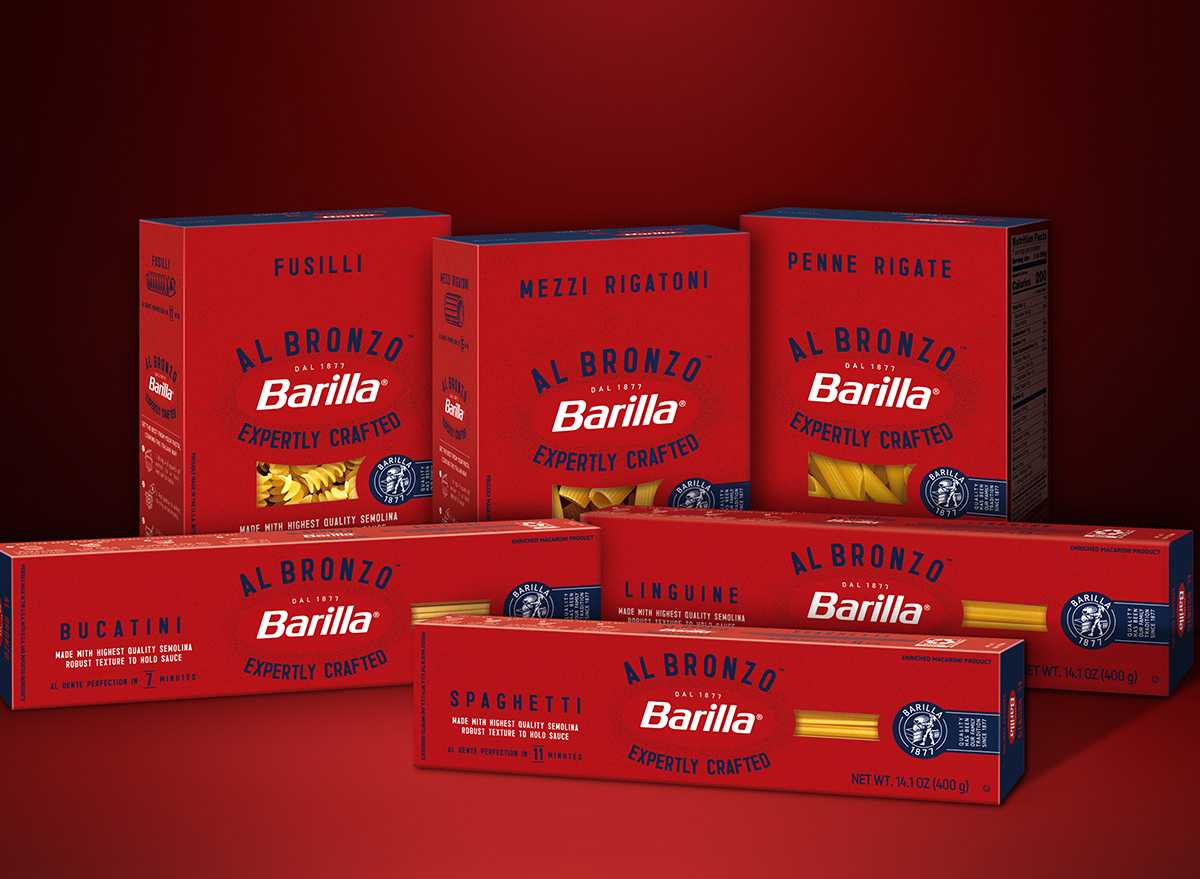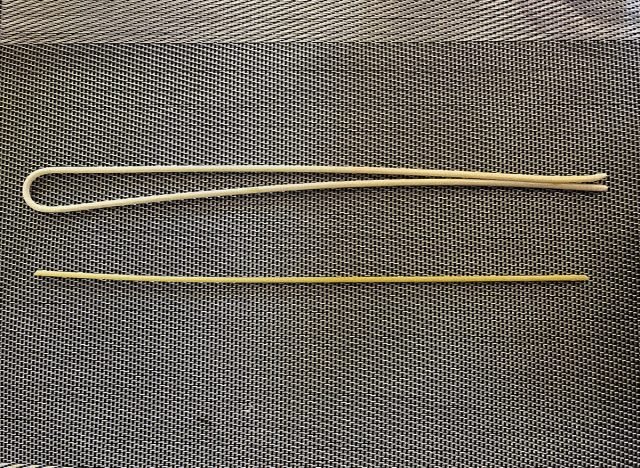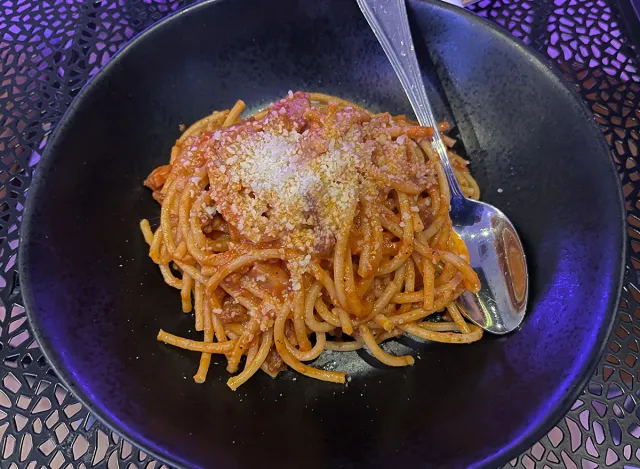We Had a Chef Test Barilla's Fancy New Pasta and One Pro Outweighed the Cons

Nobody makes more pasta than Barilla. The world's leading noodle company produces over 160 shapes and sizes, which it sells in over 100 countries.
Originally started as a tiny bread and pasta shop in Parma over 140 years ago, the now-multinational corporation still likes to play up its Italian roots. For years, its trademark blue boxes sported the slogan, "Italy's No. 1 brand of pasta," until a class-action lawsuit in 2022 accused the company of misleading U.S. consumers. Most Barilla products sold in the U.S. come from American-based factories in Iowa and New York, not Italy, according to the suit.
Barilla has since sought to reestablish its pasta-making bonafides. Most recently, the company launched a new premium pasta line called Al Bronzo, which takes its name from the traditional Old World method of bronze-cutting pasta. That is, pushing the dough through bronze molds, or "dies," which is said to produce a rougher-textured noodle that sauces can cling to better.
Barilla has developed "innovative micro-engraved bronze dies" for this purpose, according to a press release, and uses only the "highest quality non-GMO semolina" to produce its Al Bronzo pasta, which comes in six cuts: bucatini, spaghetti, linguine, penne rigate, fusilli and mezzi rigatoni.
The new products arrive this month in grocery stores including Harris Teeter, ShopRite, Tops and Fairway, starting at $2.99 per package.
A company rep recently sent a few sample boxes to Eat This, Not That! I took them to one of my favorite Italian restaurants in Brooklyn, Tutt'Appost, where chef and partner Manuel Gregorio graciously agreed to help taste-test the new product. Gregorio grew up in Rome and studied pizza-making in Naples. The pasta at his restaurant is homemade. As someone well-versed in Italian cuisine, he is naturally skeptical of cooking noodles out of a box.
For comparison, I also brought along a package of Gentile brand pasta, made in Italy using a similar bronze-die method and touting similar high-quality semolina, which I picked up from a local specialty grocer for $7.25.
The chef whipped up a classic bucatini all'Amatriciana using both brands. Here's how they stack up.

The typical Barilla spaghetti noodle is a lot like other supermarket brands: shiny, incredibly smooth to the touch, and uniformly straight. This is a result of the Teflon molds used in modern commercial pasta production.
The Al Bronzo bucatini, meanwhile, has a duller look and feels a bit like sand paper. In that way, Barilla's new pasta lives up to its billing, right out of the box.
When you compare it to the Gentile bronze-cut bucatini, however, you notice some other differences. The Gentile bucatini has an even rougher texture and an irregular shape. Chef Gregorio suggests it's probably hand made, whereas the straighter Al Bronzo noodle looks machine made.

As the Al Bronzo bucatini boils, Gregorio notices a surprising amount of what he calls amido in the water. That's Italian for starch. "When the pasta is good, it leaves a lot of that," he says. "Regular Barilla is not like this." He also notices that some of the pasta is breaking while cooking, which is not so good. "It's really, really delicate."
With the Gentile brand, the amido is even more noticeable. So too is the size of the noodle. "It's thicker and it has even more starch," Gregorio says. "When you have a lot of starch, you know it's high quality."
Once its sauced and ready to serve, the Al Bronzo does a great job of gripping the sauce, as bronze-cut pasta is intended to do. Gregorio points to areas underneath and around the noodles, where the sauce would normally tend to pool when using a lesser quality brand of pasta. "There is no sauce on the sides," he notes. "I put on a lot of sauce, too." In this regard, it performs equally as well as the more expensive Gentile brand.
One quibble: Barilla's so-called bucatini appears to be lacking in a significant way—the distinctive hole in the middle of the noodle. The hole in its Al Bronzo variety is extremely tiny and hardly even noticeable without looking very closely, whereas the bigger Gentile noodle contains a much more visible gap.
Gregorio explains that the proper way to eat bucatini all'Amatriciana is to suck the sauce out of the hole while you eat. That's sort of impossible with the Barilla variety.
"That's more like a spaghetti," Gregorio says of the Barilla version, while describing the Gentile brand as "real bucatini."
Side by side, the two bronze-cut pastas are "like a Mercedes and a Ferrari," he says. You can probably guess which one the Italian chef prefers to drive.
Overall, though, the sauce-gripping abilities of Barilla's new pasta could make it a smart buy for home cooks looking to elevate their pasta game, without having to pony up for a higher priced Italian import like Gentile.
"For home," Gregorio says, "it's amazing."









